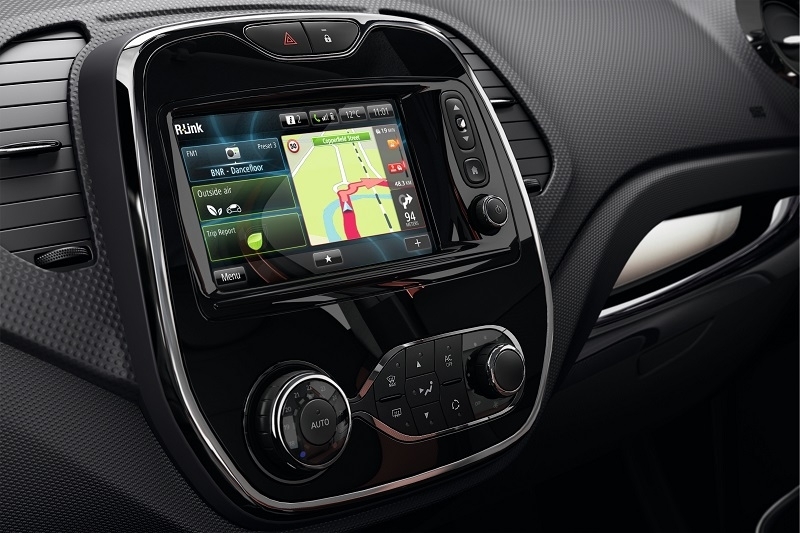No longer content with offering just your run-of-the-mill hatchbacks and sedans, Renault is now looking for new niches to fill.
The public’s love affair with the SUV has been around for a long time now and shows no signs of abating. Almost every manufacturer is finding space in their lineups for something with jacked-up suspension, black plastic body cladding and a high seating position, no matter what its size.

So enter the new Renault Captur, the latest mini-SUV-crossover to hit the block after the Nissan Juke and Peugeot 2008.

Its launch was held with much fanfare, as several hundred members of the public flocked to Vivocity to catch a glimpse of Scuderia Torro Rosso F1 driver Daniil Kyvat unveiling the new car. Selected guests also had the chance to get up close with him in a special meet-and-greet session.

The Captur is aimed squarely at small families, claiming to combine the ruggedness of an SUV, practicality of an MPV and dynamism of a small hatchback. Emphasis is placed more on the last two traits though, as the Captur is only available with front-wheel drive; but it does get a high driving position, a characteristic of crossovers.

Inside, the rear seats can slide back and forth to provide up to 455-litres of boot space, or fold down to make a completely flat load area. The boot floor can also be configured in different positions to create extra vertical space or an under-floor compartment. Multiple storage bins are scattered throughout the cabin (including rear door pockets large enough for 1.5L bottles), while the seats feature Renault’s patented ‘Zip Collection’ seat covers, which are waterproof and can be removed and washed should there be any beverage-related accidents in the car.

There is also a 7-inch touchscreen multimedia system dubbed 'R-Link', which comes integrated with TomTom satellite navigation and a rear view parking camera.

Powering the Captur is a frugal 1.5L dCi turbodiesel engine with 88bhp and 220Nm, that is coupled to a 6-speed Efficient Dual Clutch (EDC) gearbox. A claimed fuel consumption figure of 3.9L/100km means that trips to the petrol station should be infrequent, while CO2 emissions of 103g/km qualify it for a $15,000 rebate under the CEVS scheme.

